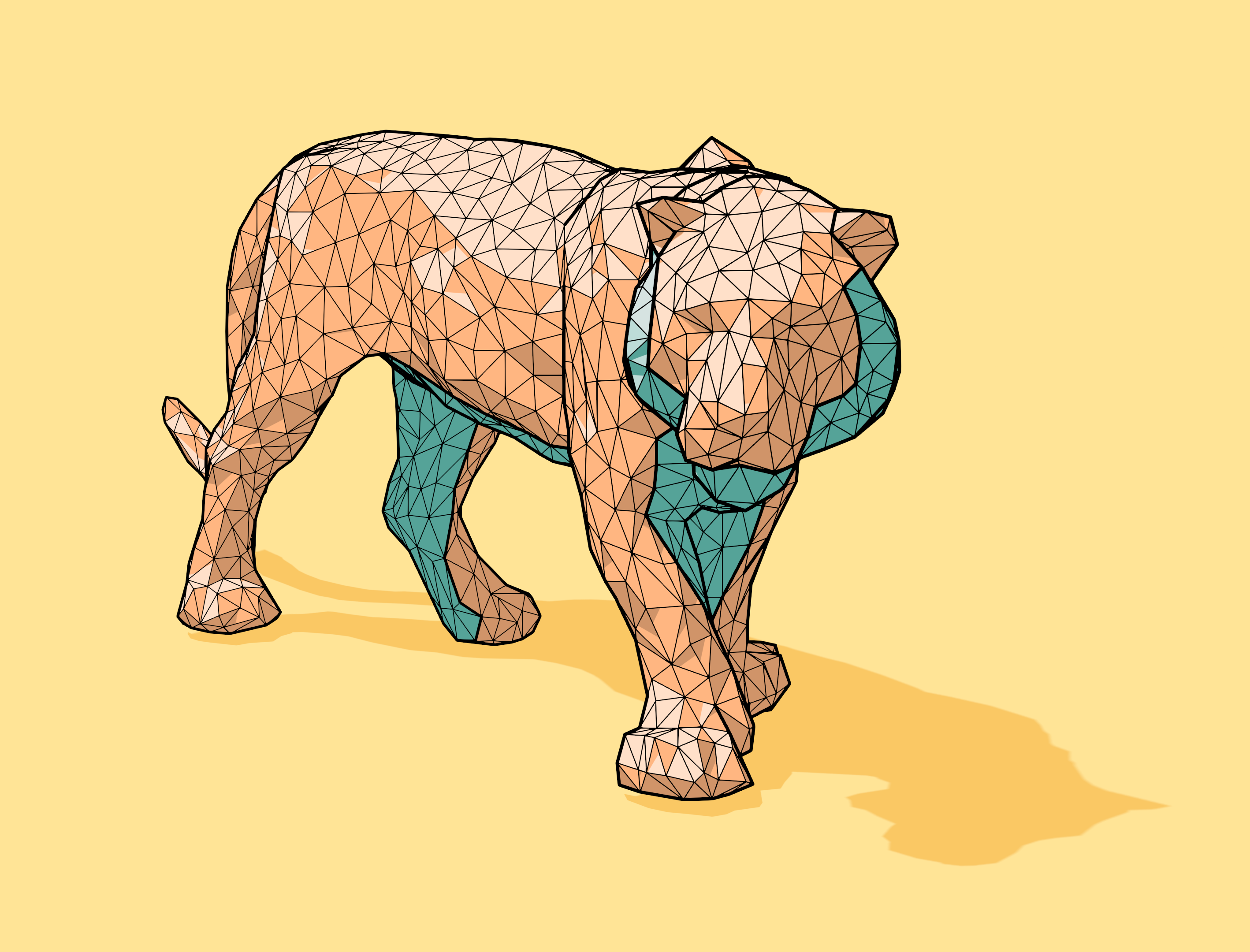Toit
#How to detect the data type of an object?
Thread channel in helpkaxori 03/25/2025 03:14 PM
The value of 'nested ' should be detected as 'map '.
How can I achieve this ?
How can I achieve this ?
map := {
"simple":"value",
"nested":
{
"A":1,
"B":2
}
}The value of 'nested ' should be detected as 'map '. How can I achieve this ? ``` map := { "simple":"value", "nested": { ...
floitsch 03/25/2025 03:17 PM
You can do an
is Mapfloitsch 03/25/2025 03:19 PM
Or do you mean statically?
Statically you need to use
or
Statically you need to use
asnested/Map := map["nested"]or
(map["nested"] as Map)...kaxori 03/25/2025 03:21 PM 1
1
so simple 
Thank you
(die Verkalkung beginnt mit der Geburt)
Thank you
(die Verkalkung beginnt mit der Geburt)
kaxori 03/25/2025 03:40 PM
I searched for 'is' in Toit docs, but couldn't find anything. Neither part of language, nor part of object. How is it implemented ?
floitsch 03/25/2025 03:49 PM
Each object (except for small integers) have a class-id in their header.
floitsch 03/25/2025 03:49 PM
If you are testing for an object, a small range-check can detect whether an object is in a class-hierarchy.
floitsch 03/25/2025 03:50 PM
If you are testing for an interface, then we add
is-interfacefloitsch 03/25/2025 03:50 PM
These methods don't actually have any code, since we just check for their existence.
floitsch 03/25/2025 03:50 PM
Integers are implemented differently: they are not actual objects, but their value shifted.
floitsch 03/25/2025 03:51 PM
So the value 3 is simply
3 << 16floitsch 03/25/2025 03:51 PM
To differentiate them from pointers to objects, pointers are offset by 1.
floitsch 03/25/2025 03:51 PM
So all object pointers in the Toit VM have the last bit set to
1floitsch 03/25/2025 03:52 PM
So
is intIntegerfloitsch 03/25/2025 03:53 PM
You can see the class-ids, by running
toit tools snapshot classes my-snapshotkaxori 03/25/2025 03:53 PM
and is ?
floitsch 03/25/2025 03:55 PM
isfloitsch 03/25/2025 03:55 PM
Where does the table come from?
floitsch 03/25/2025 03:55 PM
(btw: there is also
is notif x is not Mapfloitsch 03/25/2025 03:55 PM
I will update the table.
kaxori 03/25/2025 03:56 PM
floitsch 03/25/2025 03:56 PM
we probably missed it, because we have
isis notfloitsch 03/25/2025 03:56 PMProgram your microcontrollers in a fast and robust high-level language. - toitlang/toit 

kaxori 03/25/2025 04:02 PM
... there are a lot of muggles outside hogwarts
kaxori 03/25/2025 04:22 PM
If I try to create a composed map :
this way does not work. Is there a way to combine maps ?(edited)
m-a := { "A":1 }
m-b := { "B":2 }
m-composed := { m-a, m-b }this way does not work. Is there a way to combine maps ?(edited)
floitsch 03/25/2025 04:23 PM
The
{ m-a, m-b }floitsch 03/25/2025 04:24 PM
You can either make a list:
Toit doesn't have JavaScript's automatic "use the variable name as key".
[m-a, m-b]{"m-a": m-a, "m-b", m-b}Toit doesn't have JavaScript's automatic "use the variable name as key".
kaxori 03/25/2025 04:29 PM
m-composed := { m-a.first: m-a, m-b.first: m-b}kaxori 03/25/2025 04:31 PM
Is that the correct way to create it using the data of the 2 predefined maps ? It seems to work, but is ugly.
kaxori 03/25/2025 05:06 PM
*... found another way *
m-composed := {:}
m-a.do: | k v | m-composed[k] = v
m-b.do: | k v | m-composed[k] = v*... found another way *
floitsch 03/25/2025 05:07 PM
Yes. the second approach is nicer.
kaxori 03/25/2025 05:08 PM 1
1
I am preparing the technique to deal with maps. Goal is setup for home assistant device discovery ...
I will update the table.
floitsch 03/26/2025 01:03 PM 1
1
Updated table is live.
kaxori 03/26/2025 01:38 PM
for those interested in maps:
- 128 nesting levels supported !
map-elements := { "A":1, "B":2, "C":3 }
map := {"key":"value"}
map["k"] = "v"
// to add elements to map
map-elements.do (: |k v| map[k] = v)
map["nested"] = {:} // create "nested" sub-map
(map["nested"])["k"] = "v" // add one k-v-element to sub-map
// / to add elements to sub-map
map-elements.do (: |k v| (map["nested"])[k] = v)
sub-map := map["nested"] // easier to read
sub-map["key"] = "value"
...- 128 nesting levels supported !
35 messages in total